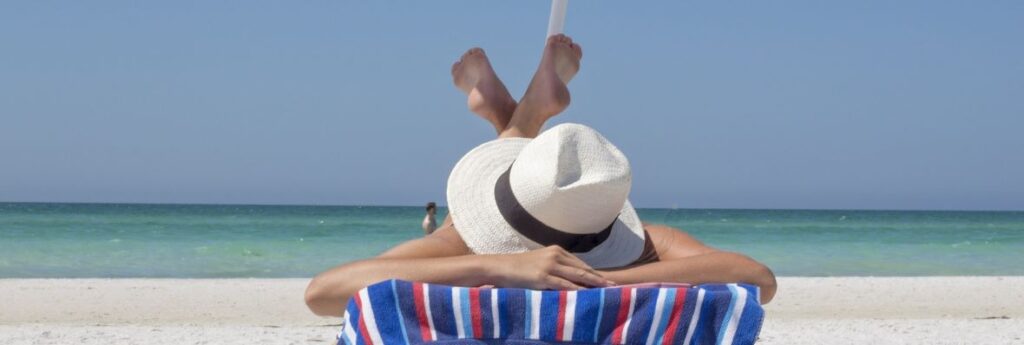Snowbirds, the northerners who flock to warmer southern and western US states in the winter, are more financially constrained, more mobile, and younger than before.
Every year, millions of people from Canada and the northern states fly or drive south for the winter, exchanging the snowy chill of their hometowns for the warm sunshine of places like Florida and Arizona.
While this migration pattern took a significant hit during the pandemic, snowbirds are back and eager to resume their past life. But things look a little different in 2022/23 than they did in 2019. Some are encountering surprising changes and constraints – brought on not just by the pandemic but the struggling economy and natural disasters – forcing them to rethink how and where they winter.
Others became unexpected snowbirds when the rise in remote work gave them the freedom to travel – or even make permanent moves – to southern locations.
Inflation, Hurricane Ian, and rising heating costs
In the face of rising inflation and a weak Canadian dollar, many Canadians are rethinking their winter months in the south.
However, Stephen Fine, president of Snowbird Advisor, believes that despite the challenges, he expects snowbirds will still flock south, adjusting their spending to rising prices.
“People may try to save by shortening their stay, while others may change their destination entirely,” he says.
For those Canadians travelling to Florida, inflation won’t be the only challenge. Hurricane Ian wreaked havoc on many of the communities where they rent or own winter homes.
Fort Myers, Fla., has been a hot spot for snowbirds each year, yet it was one of the places hardest hit by the hurricane.
Remote work inspires a new breed of snowbirds
The increase in remote work during the pandemic has given people in their 30s and 40s early wings. With the freedom to work anywhere, the younger set of North Americans see flying south for the winter as a legitimate option for the first time.
No longer are snowbirds synonymous with retirees.
The next snowbird?
What will the next type of snowbird look like? Only time will tell. What we do know is that remote work has made our world more transient, and people can move to climates that suit them with unprecedented ease.
Snowbirding has become a more dynamic group than ever before, encompassing young and old, employed, and retired, and motivated by the shifting economy, natural disasters, and the availability of remote work.
Regardless of the current snowbird demographic, they all need to manage their health and safety, often for several months.
There are at least two types of health and safety protections snowbirds should consider. One is health care insurance, as domestic health insurance probably does not provide coverage outside one’s home country. Checking before travelling could save a lot of money.
The other type of protection covers travel crises and medical evacuation in the event that field rescue services are required at the point of illness or injury, or medical evacuation if necessary for continued treatment or hospitalization back at home.
(David Koo, a digital nomad due to the pandemic, is a former combat medic and emergency nurse who is the associate director of operations for New Hampshire-based Global Rescue, which provides medical, security, evacuation, and travel risk management services to international members.)

